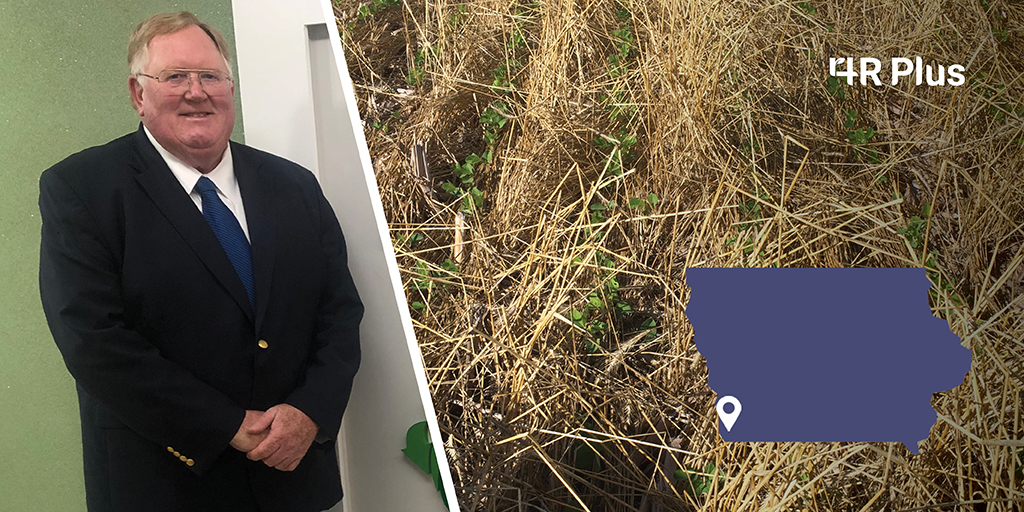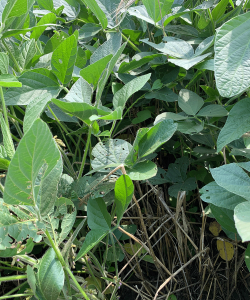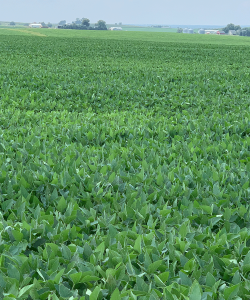
Julius Schaaf was encouraged about crop potential in Fremont County after nearly ideal planting conditions that resulted in excellent corn and soybean emergence. But a quick cooldown that extended well into June had him questioning if the crops could catch up and produce respectable yields. The crops are also in need of a meaningful rain.
“It seemed like in mid-June, the soybeans were getting smaller instead of bigger, but we finally caught a rain and crop growth accelerated,” said Schaaf. “We got through pollination without heat stress, but here we are at the end of July, temperatures are climbing and there’s no meaningful rain in the forecast.”
On the Plus Side, there are long-term benefits of 4R Plus practices like cover crops that combat the challenges of droughts.
Cover crops boost soil’s moisture-holding ability

Experiments with cover crops over the last several years gave Schaaf the confidence to expand acres, and now they are seeded on rotational corn ground in August or early September. “Now our soil has better moisture-holding capacity, which helps our crops hold on while we wait for rain,” he said. “Where we have had cover crops, corn and soybeans have tremendous root systems.”
Still, as no surprise, Schaaf expects below-trendline corn and soybean yields this year. “After seeing some of the pictures on social media of corn and soybean fields in the Dakotas and Minnesota, I’m thankful for the yield potential we have this year,” he added. “It seems like we’re seeing more weather extremes, so it’s important that we weatherproof our soil for the future.”
4R Plus practices weatherproof soil
During periods of extreme moisture, Schaaf sees the Plus Side of soil acting like a sponge and soaking up the moisture. “This year, that sponge is holding the moisture as long as it can to support the crops,” he added. “When we are scouting fields, we have observed that where we terminated cover crops this spring, there is more moisture and the soil is holding onto the fertility better to support the crops.
“We had great cover crop emergence this spring and we’re already talking about getting it flown on as early as we can to catch a rain,” he added.

Another Plus Side of cover crops is weed suppression. “Like many people, we had some trouble terminating cover crops because it got too cold to activate the herbicide,” said Schaaf. “Eventually, the cover crop that survived termination died off and the soybeans did just fine.”
Encouraging words for farmers
To get started with cover crops, Schaaf utilized cost share programs and encourages farmers to visit their local Soil and Water Conservation District office to learn what’s available. “Don’t just think that you should do cover crops for one year and be done,” he said. “The longer we use cover crops along with our no-till system, the better our soil becomes.
“I encourage farmers to attend field days and ask those with soil types similar to theirs for advice because cover crops have definitely made a difference on our farm,” he added.
Schaaf, who is transitioning into retirement, encourages farmers to look long term when determining what 4R Plus practices should be added to their farm. “It’s easy to think that if it didn’t work as planned in one year they should give up. I encourage farmers to look at the long-term benefits of 4R Plus practices because I realize passing this land to the next generation in as good of condition as possible is part of my legacy.”
Click here to ask Julius Schaaf a question about the farming operation.
